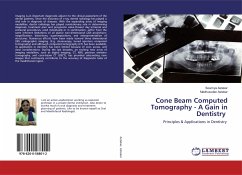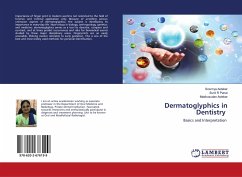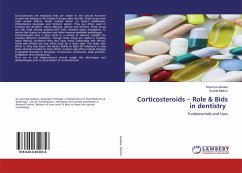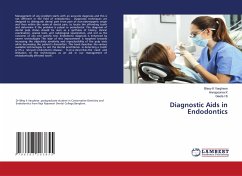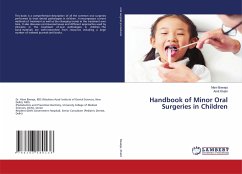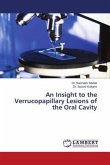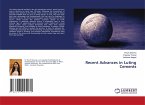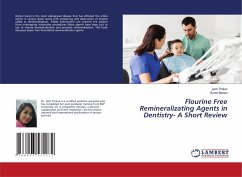Imaging is an important diagnostic adjunct to the clinical assessment of the dental patients. Since the discovery of x-ray, dental radiology has played a vital role in diagnosis of diseases. With the expanding array of imaging modalities, dental radiology has played revolutionary role in determining diagnosis, treatment plan and prognostic value.Present day intraoral and extraoral procedures, used individually or in combination, suffer from the same inherent limitations of all planar two-dimensional (2D) projections: magnification, distortions, superimpositions, and misrepresentation of structures. Numerous efforts have been made toward three dimensional (3D) radiographic imaging. (E.g. stereoscopy, tuned aperture computed tomography) and although computed tomography (CT) has been available, its application in dentistry has been limited because of cost, access, and dose considerations. During the last decades, an exciting new array of imaging modalities, such as digital imaging, CT, MRI, positron emission tomography, and cone-beam CT (CBCT), has provided astounding new images that continually contribute to the accuracy of diagnostic tasks of the maxillofacial region.
Bitte wählen Sie Ihr Anliegen aus.
Rechnungen
Retourenschein anfordern
Bestellstatus
Storno

